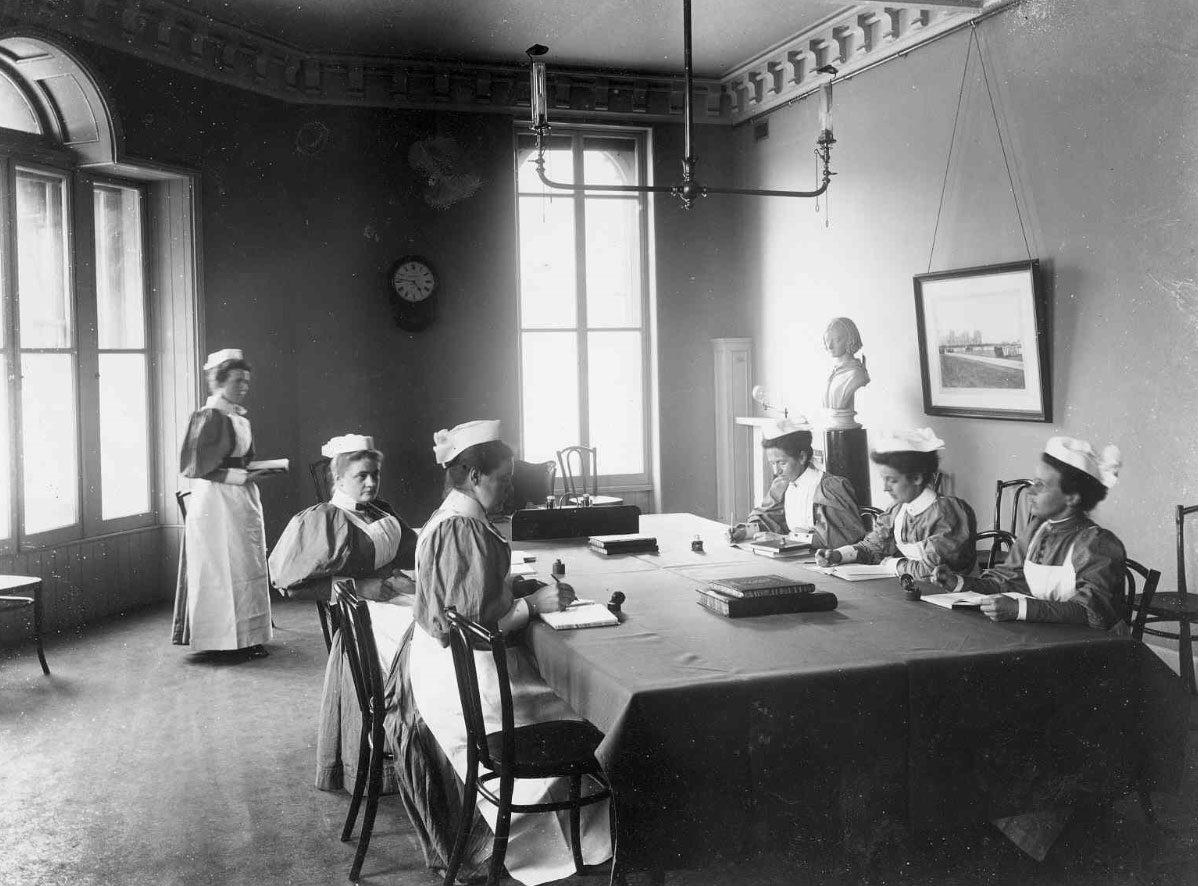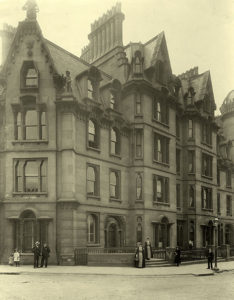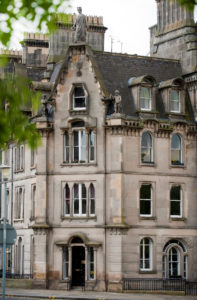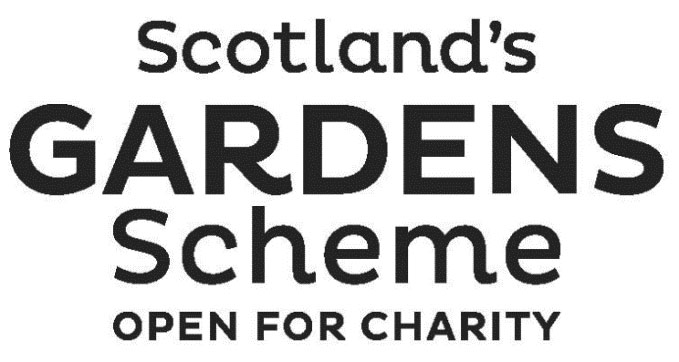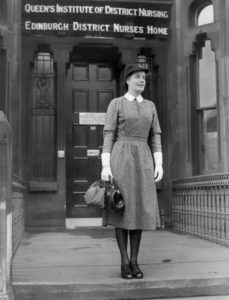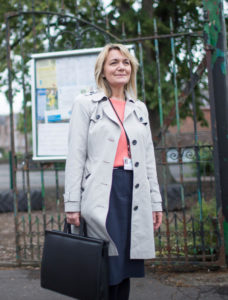History
The story of the Queen’s Nursing Institute in Scotland (QNIS) shares its origins with the QNI. The two organisations have shared the same Patrons, overcome the same hurdles, met the same milestones and continue to work closely together over 100 years later.
Glasgow was the pioneer for District Nursing in Scotland, with Mary Higginbotham establishing the Glasgow Sick Poor and Private Nursing Association in 1875. Following Queen Victoria’s Golden Jubilee, the Edinburgh Branch of the Institute initially opened in a temporary training home in a double flat in 5 North Charlotte Street on April 1st 1889, beginning with a superintendent and just three nurses.
